
OR
Documenting his travels more than just a hobby
Published On: March 13, 2020 11:32 AM NPT By: URZA ACHARYA
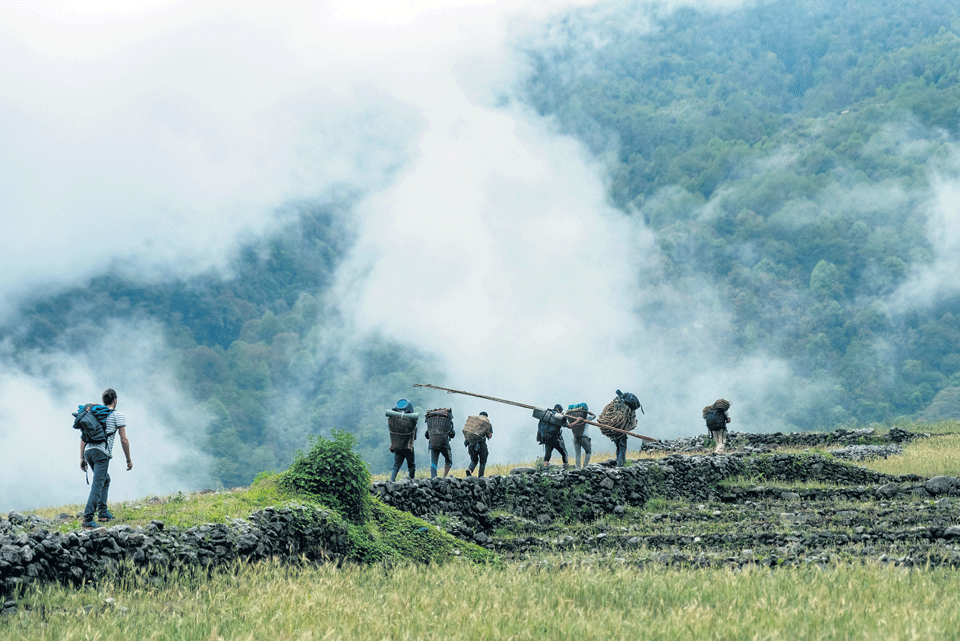
March 13: Dikpal Thapa fell in love with cameras when he saw one for the first time in his father’s hands during a trip to the zoo. It was a typical film camera that was popular at the time. When he found out that all the pictures he’d seen in photo albums were taken by that small device in his father’s hand, he decided at once to learn how to use it.
All this happened 23 years ago, and now, Thapa is a travel enthusiast and photographer who has won the Sony World Photography National Award and has had his photos featured in popular travel magazines like National Geographic.
Thapa specializes in travel photography. He likes to visit places, understand their culture and take pictures that reflect and represent the local life and not just something a passerby clicks for memory. However, before he began travelling to places like Shey Phoksundo, Gokyo or Lamjung, Thapa started small—mostly by taking photographs in the streets of Kathmandu and nearby places.
Thapa bought his first camera—a Nikon D5300—pretty much on a whim. “I didn’t know anything about photography, I just remembered my childhood days and how I had so much fun taking pictures,” he says. Thapa slowly got in touch will other fellow photography enthusiasts by joining social media groups. “Eventually we came up with the idea of “Photowalkers”, an event where people from all over could go to a certain place to take photos,” he adds.
So, essentially, his travel photography started from in and around the valley like the Durbar Squares, Pashupati, etc. However, Thapa’s most memorable and rewarding trip till date has been his visit to Bhujung, a village in Lamjung, Nepal.
Thapa recalls watching the honey hunter documentary made by Éric Valli when he was a child. “I was obsessed with that documentary and I’d made a promise to myself that I’d go see the honey hunting in person someday,” he says adding that when his friend from Lamjung heard this story he invited Thapa to come and observe the honey hunting process at his village back in Bhujung.
“The honey hunters are only active during a certain time of the year, especially around the Ghatu Naach which is a sacred festival among the Gurung communities living there,” he says. According to Thapa, the honey they derive from the hives is also called “mad” honey due to its hallucinating properties. “During this time, bees feed on the nectar of wildflowers which, in turn, makes the honey intoxicating.”
Thapa joined the team of selected honey hunters from the village and went deep into the forest looking for beehives. “The entire trip is like a camping trip, you sleep in the forest itself and you cook for yourself and you don’t return to the village till you get all the honey you desire,” he says.
On the first day, he observed the hunters climbing high up the cliffs where the hives were located in order to collect them. “At first, the hunters light a fire beneath the cliff with the hive to ward off the bees. After that, they use ladders and ropes to get near the hives and poke it till it falls into an attached basket,” he says. However, he adds that no amount of fire can ward off all the bees and so, on the first day his eyes were swollen due to bee stings.
Despite the pain, Thapa was determined to take a good picture. He climbed down a cliff nearby in order to get a better shot of the hunters at work, even if he wasn’t sure he could return. On the second day, Thapa managed to take the perfect picture which showed the hunters busy at work with a green, luscious backdrop, complemented by the smoke from the fire. “This picture went on to be published by NatGeo as well as other magazines from other countries,” he says.
After winning prizes for his Bhujung series, Thapa made sure to go back to Bhujung and thank the people who helped him, and also distributed portraits of people he had taken during his stay there. “I wanted to thank them for taking me along the honey hunter journey as well as for being wonderful hosts during my stay there,” he says.
After that, Thapa travelled to Sagarmatha Base Camp, Gokyo lake, Barpak region, and Shey Phoksundo as both a traveller and a photographer. However, he was disappointed by the commercialization of these culturally rich places. It seemed they had lost their authenticity. And so, Thapa wants to preserve the relatively untouched places like Badimalika in Bajura in order to document their food, culture, and traditions.
Though Thapa is a businessman by profession, his heart still lies in travelling and documenting unique aspects of each and every place he visits.
He urges other fellow photographers to stay true to their art by being unapologetically original and to come up with ideas of their own. He also thinks travel enthusiasts and photographers should get in touch with various travel and photography communities to not only learn the basics of what you love to do but also to meet and get inspired by other people with whom you share similar interests. \
You May Like This

Beginner’s guide to photography
All of us take pictures but not many of us take good pictures. We are guilty of randomly clicking away... Read More...
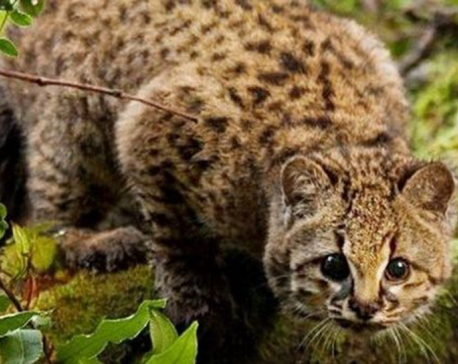
Activists launch project to save America's smallest wild cat
CARACAS, Sept 26: As America’s smallest wild cat, the kodkod, nears extinction, Chilean activists, together with National Geographic, to create a... Read More...
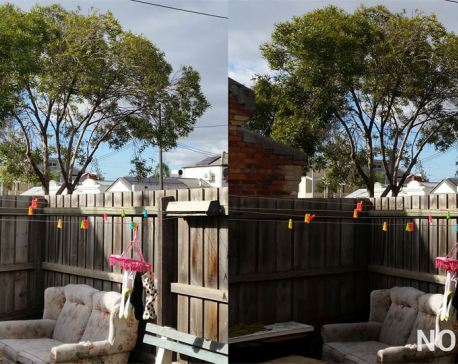
10 tips for good smartphone photography
Smartphones are by far the most common form of camera used today, and it’s easy to see why: they’re compact,... Read More...

Just In
- Russia warns NATO nuclear facilities in Poland could become military target
- 16th Five Year Plan: Govt unveils 40 goals for prosperity (with full list)
- SC hearing on fake Bhutanese refugees case involving ex-deputy PM Rayamajhi today
- Clash erupts between police and agitating locals in Dhanusha, nine tear gas shells fired
- Abducted Mishra rescued after eight hours, six arrested
- Forest fire destroys 13 houses in Khotang
- First meeting of Nepal-China aid projects concludes
- Lungeli appointed as Minister for Labor and Transport in Madhesh province govt









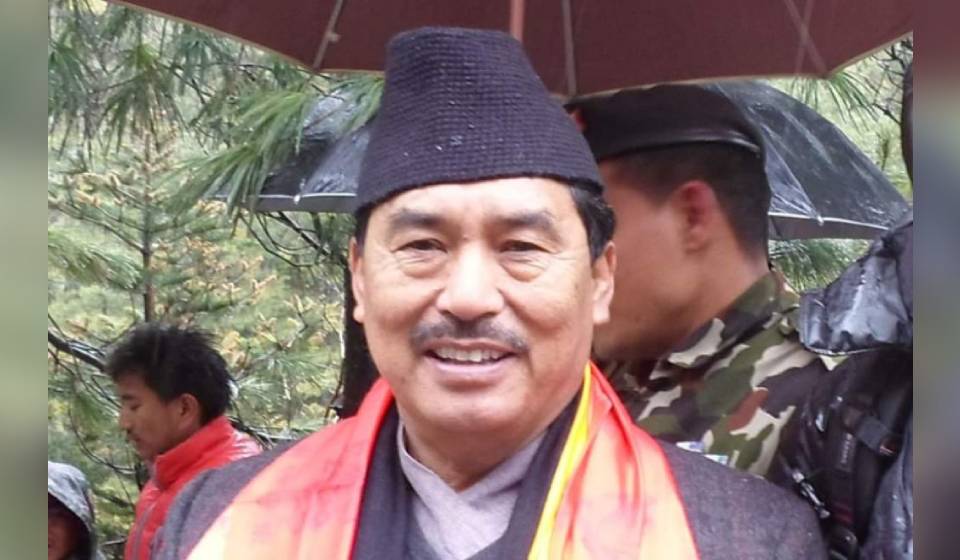





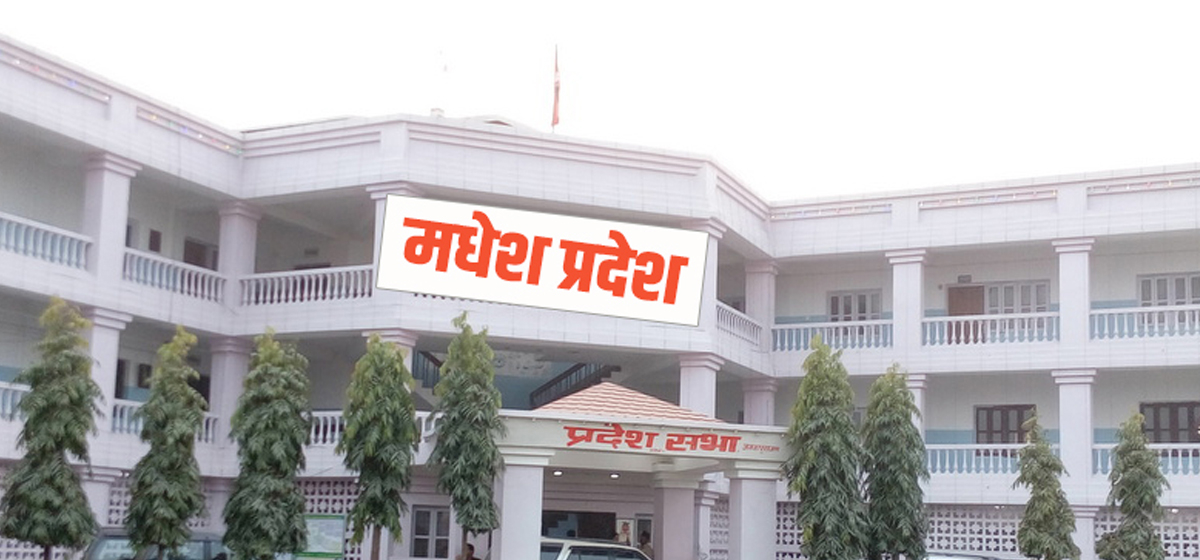
Leave A Comment